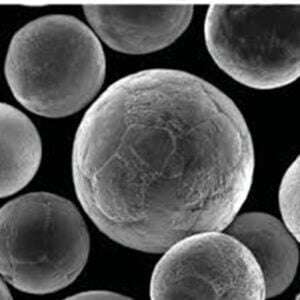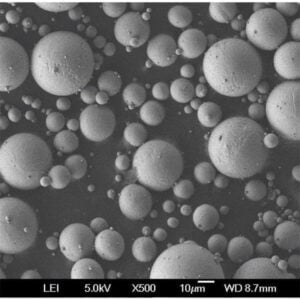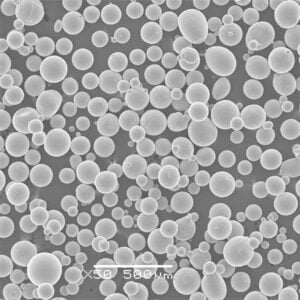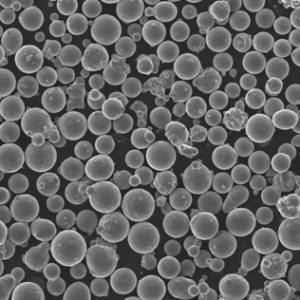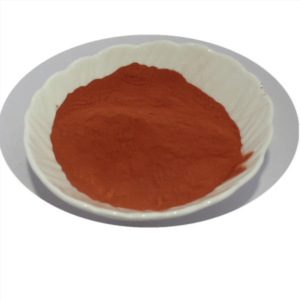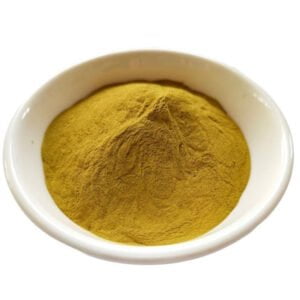BJT 프로세스 이해
목차
개요 BJT 프로세스
바이폴라 접합 트랜지스터(BJT) 공정은 반도체 전자 분야의 기본 개념입니다. BJT는 전류를 증폭하는 능력으로 인해 많은 전자 장치에 필수적인 구성 요소입니다. 이 가이드에서는 BJT 프로세스의 유형, 특성, 응용 분야, 장점 및 단점을 포함하여 BJT 프로세스에 대한 심층적인 탐색을 제공합니다. 또한 BJT 제조에 사용되는 특정 금속 분말 모델을 자세히 살펴보고, 정보에 입각한 결정을 내릴 수 있도록 철저한 비교를 제공합니다.
BJT의 종류와 특성
NPN 및 PNP BJT
BJT는 크게 두 가지 유형이 있습니다: NPN과 PNP입니다. 두 유형 모두 동일한 원리로 작동하지만 구성과 전하 캐리어 이동에 차이가 있습니다.
| 유형 | 구성 | 충전 통신사 | 기호 |
|---|---|---|---|
| NPN | 이미터(N) - 베이스(P) - 콜렉터(N) | 전자 | NPN 기호 |
| PNP | 이미터(P) - 베이스(N) - 콜렉터(P) | 구멍 | PNP 기호 |
BJT 재료의 구성 및 특성
BJT에 사용되는 재료는 성능에 매우 중요합니다. 실리콘(Si)과 게르마늄(Ge)이 주로 사용되는 반도체입니다.
재료 구성 및 특성
| 재질 | 구성 | 속성 | 애플리케이션 |
|---|---|---|---|
| 실리콘(Si) | 인(N형) 또는 붕소(P형)와 같은 도핑 원소가 포함된 순수 실리콘 | 높은 열 안정성, 낮은 누설 전류 | 범용 트랜지스터, 전력 장치 |
| 게르마늄(Ge) | 유사한 도핑 원소를 가진 순수 게르마늄 | 더 높은 전자 이동성, 더 낮은 열 안정성 | 고주파 애플리케이션, 저전압 디바이스 |
애플리케이션 기호
BJT는 다양한 애플리케이션에 사용되는 다용도 부품입니다. 아래는 몇 가지 주요 용도를 요약한 표입니다.
BJT의 애플리케이션 및 용도
| 애플리케이션 | 설명 | 예제 |
|---|---|---|
| 증폭 | BJT는 전류를 증폭하므로 오디오 및 무선 주파수 장치에 필수적입니다. | 오디오 증폭기, RF 증폭기 |
| 전환 | 회로에서 전자 신호를 켜고 끄는 데 사용됩니다. | 디지털 회로, 마이크로프로세서 |
| 진동 | BJT는 진동 회로를 만드는 데 필수적인 요소입니다. | 신호 발생기, 오실로스코프 |
| 규정 | 일정한 전압 레벨을 유지하기 위해 전압 조정 회로에 사용됩니다. | 전원 공급 장치, 전압 조정기 |
사양, 크기, 등급 및 표준
BJT는 다양한 애플리케이션에 맞게 다양한 사양으로 제공됩니다. 이러한 사양을 이해하면 필요에 맞는 올바른 BJT를 선택하는 데 도움이 될 수 있습니다.
사양 및 표준
| 사양 | 설명 | 성적 예시 |
|---|---|---|
| 전압 등급 | 트랜지스터가 처리할 수 있는 최대 전압입니다. | 30V, 60V, 100V |
| 전류 등급 | 트랜지스터가 전도할 수 있는 최대 전류. | 100mA, 1A, 10A |
| 전력 손실 | 트랜지스터가 손상 없이 발산할 수 있는 최대 전력. | 200mW, 500mW, 1W |
| 주파수 응답 | 트랜지스터가 효과적으로 작동할 수 있는 최대 주파수입니다. | 100MHz, 300MHz, 500MHz |
공급업체 및 가격 세부 정보
여러 공급업체에서 고품질 BJT를 제공합니다. 가격은 사양, 수량 및 공급업체에 따라 다릅니다.
BJT 공급업체 및 가격
| 공급업체 | 제품 | 가격 범위(단위당) |
|---|---|---|
| 텍사스 인스트루먼트 | 범용 BJT | $0.10 – $1.00 |
| 온세미컨덕터 | 고주파 BJT | $0.20 – $2.00 |
| 페어차일드 반도체 | 전력 BJT | $0.50 – $3.00 |
| NXP 반도체 | 저소음 BJT | $0.15 – $1.50 |
| 인피니언 테크놀로지스 | BJT 전환 | $0.25 – $2.50 |
BJT의 장단점 비교
BJT는 다양한 애플리케이션에 대한 적합성에 영향을 미치는 다양한 장점과 한계가 있습니다.
BJT의 장점과 한계
| 측면 | 장점 | 단점 |
|---|---|---|
| 성능 | 높은 전류 이득, 빠른 스위칭 | FET에 비해 더 높은 전력 소비 |
| 비용 | 일반적으로 낮은 비용 | 고성능 모델의 경우 더 높은 비용 발생 가능성 |
| 열 안정성 | Si BJT의 열 안정성 향상 | Ge BJT의 열 안정성 저하 |
| 주파수 응답 | Ge BJT의 고주파 작동 | 기생 커패시턴스에 의해 제한됨 |
BJT 제조의 금속 분말 모델
BJT 제조 공정에는 다양한 금속 분말 모델이 사용됩니다. 이러한 재료는 최종 제품의 효율성과 성능에 영향을 미칩니다.
특정 금속 분말 모델
- 구리(Cu) 분말
- 설명: 전기 전도성 향상을 위해 사용되는 전도성이 높은 금속 분말.
- 애플리케이션: 전력 애플리케이션용 고성능 BJT에 사용됩니다.
- 속성: 뛰어난 열 및 전기 전도성.
- 알루미늄(Al) 분말
- 설명: 가볍고 전도성이 좋은 알루미늄 파우더는 특정 BJT 애플리케이션에 사용됩니다.
- 애플리케이션: 경량 및 높은 열 전도성 요구 사항을 위해 BJT에 사용됩니다.
- 속성: 우수한 전도성, 경량.
- 니켈(Ni) 분말
- 설명: 내식성과 안정성으로 유명합니다.
- 애플리케이션: 내구성이 중요한 환경에서 사용.
- 속성: 부식에 대한 높은 내성, 안정적인 성능.
- 철(Fe) 분말
- 설명: 가용성과 자성 특성으로 인해 일반적으로 사용됩니다.
- 애플리케이션: 자성 특성이 필요한 BJT에 사용됩니다.
- 속성: 마그네틱, 비용 효율적.
- 은(Ag) 분말
- 설명: 금속 중 가장 높은 전기 전도성을 제공합니다.
- 애플리케이션: 정밀 애플리케이션을 위한 하이엔드 BJT에 사용됩니다.
- 속성: 우수한 전기 전도성, 고가.
- 금(Au) 분말
- 설명: 전도성이 뛰어나고 산화에 강합니다.
- 애플리케이션: 중요하고 신뢰성이 높은 애플리케이션을 위한 BJT에 사용됩니다.
- 속성: 전도성이 우수하고 부식에 매우 강하며 매우 비쌉니다.
- 아연(Zn) 분말
- 설명: 우수한 전도성을 제공하며 합금에 사용됩니다.
- 애플리케이션: 범용 애플리케이션용 BJT에 사용됩니다.
- 속성: 우수한 전도성, 합리적인 가격.
- 코발트(Co) 분말
- 설명: 자성 특성과 높은 녹는점으로 유명합니다.
- 애플리케이션: 고온 안정성이 요구되는 특수 BJT에 사용됩니다.
- 속성: 자성, 높은 융점.
- 티타늄(Ti) 분말
- 설명: 가볍고 튼튼하여 고강도 애플리케이션에 사용됩니다.
- 애플리케이션: 무게와 강도가 중요한 BJT에 사용됩니다.
- 속성: 높은 중량 대비 강도, 내식성.
- 팔라듐(Pd) 분말
- 설명: 우수한 전도성과 안정성을 제공합니다.
- 애플리케이션: 고신뢰성 BJT에 사용됩니다.
- 속성: 좋은 전도성, 안정적, 비싸다.
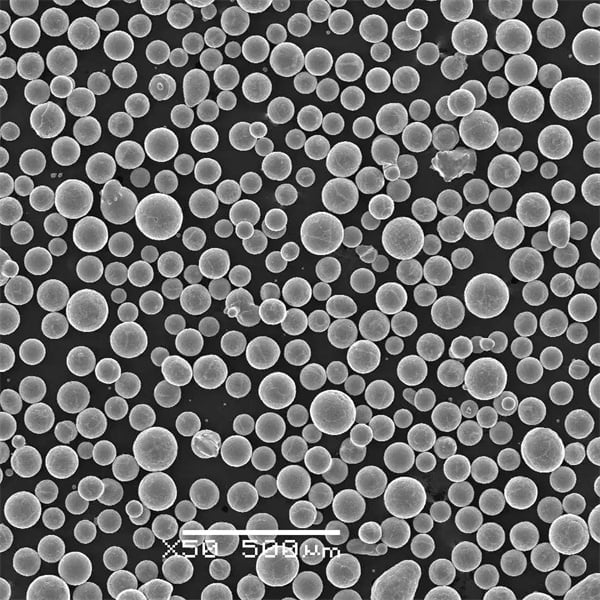
자주 묻는 질문
| 질문 | 답변 |
|---|---|
| BJT란 무엇인가요? | 바이폴라 접합 트랜지스터(BJT)는 전기 신호를 증폭하거나 전환하는 데 사용되는 반도체 장치입니다. |
| BJT의 주요 유형은 무엇인가요? | 주요 유형은 NPN 및 PNP 트랜지스터입니다. |
| BJT에는 어떤 재료가 사용되나요? | 실리콘(Si)과 게르마늄(Ge)이 주요 재료로 사용됩니다. |
| BJT의 일반적인 활용 분야에는 어떤 것이 있나요? | 증폭, 스위칭, 발진 및 조절에 사용됩니다. |
| NPN과 PNP 트랜지스터는 어떻게 다른가요? | NPN 트랜지스터는 전자를 전하 운반체로 사용하는 반면, PNP 트랜지스터는 정공을 사용합니다. |
| BJT를 사용하면 어떤 이점이 있나요? | BJT는 높은 전류 이득과 빠른 스위칭을 제공합니다. |
| BJT의 단점은 무엇인가요? | 전계 효과 트랜지스터(FET)에 비해 전력을 더 많이 소비하는 경향이 있습니다. |
| 실리콘 BJT의 주요 특성은 무엇인가요? | 높은 열 안정성과 낮은 누설 전류. |
| BJT 제조에는 어떤 금속 분말이 사용되나요? | 구리, 알루미늄, 니켈, 철, 은, 금, 아연, 코발트, 티타늄 및 팔라듐 분말이 일반적으로 사용됩니다. |
| 내 애플리케이션에 적합한 BJT를 선택하려면 어떻게 해야 하나요? | 전압 정격, 전류 정격, 전력 손실 및 주파수 응답과 같은 사양을 고려하세요. |
공유
중국 칭다오에 본사를 둔 선도적인 적층 제조 솔루션 제공업체인 MET3DP Technology Co. 당사는 산업용 3D 프린팅 장비와 고성능 금속 분말을 전문으로 합니다.
관련 기사
Met3DP 소개
최근 업데이트
제품

3D 프린팅 및 적층 제조용 금속 분말
문의 정보
- 칭다오시, 산둥성, 중국
- [email protected]
- [email protected]
- +86 19116340731






